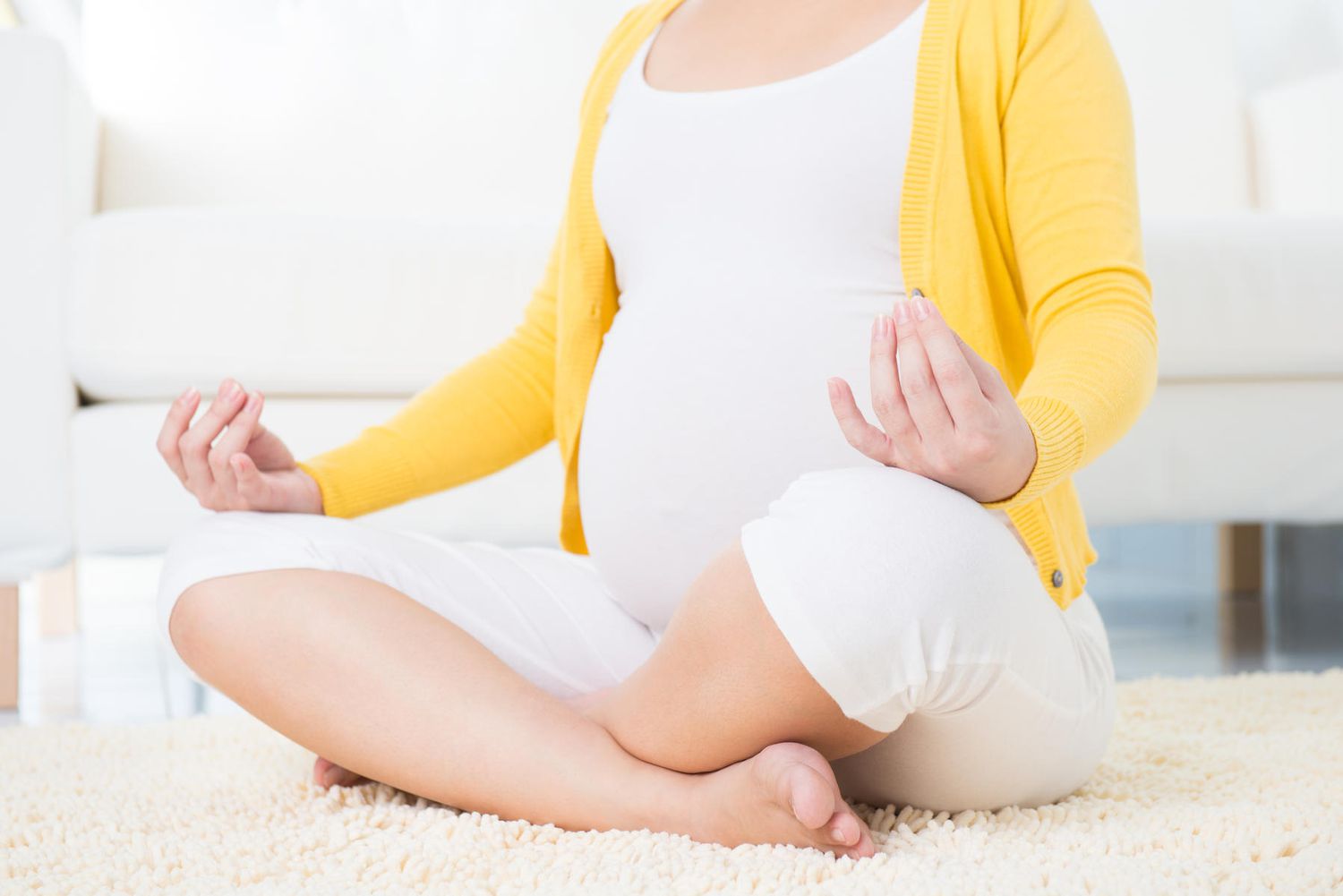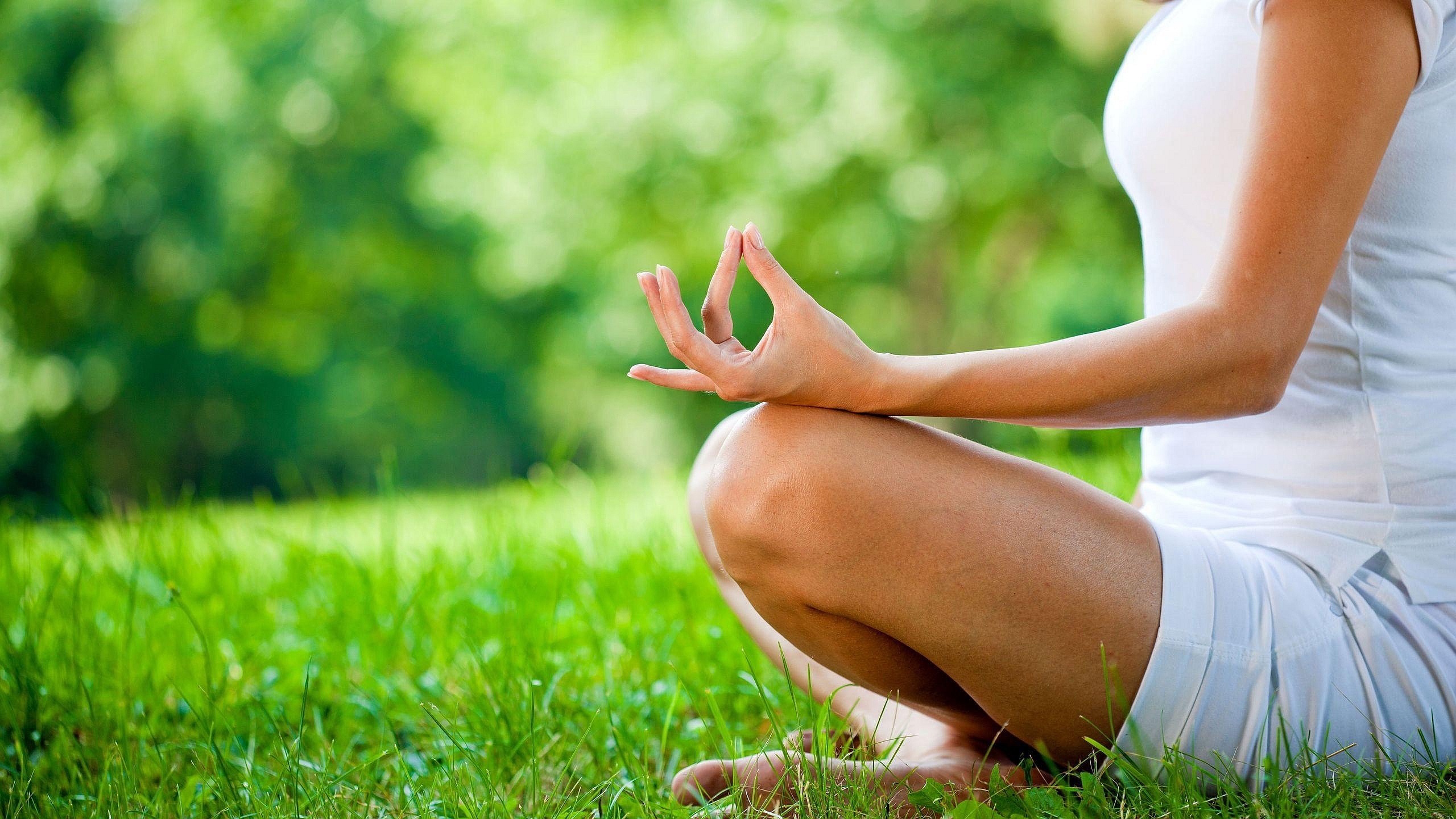- Comfort and Safety:
- Cushioning and Support: A yoga mat provides a soft yet stable surface for your practice. It cushions your joints, especially the knees and back, as you transition between poses. No more discomfort on hard floors!
- Non-Slip Surface: Ever worried about slipping during downward dog or warrior poses? A quality yoga mat offers excellent grip, ensuring stability and safety. It absorbs sweat, dries quickly, and keeps you grounded during your flow.
- Pressure Point Relief: Asanas can exert pressure on specific points. The mat’s cushioning helps alleviate this, allowing you to focus on alignment and breath.
- Improving Focus and Motivation:
- Designated Space: Unroll your mat, and suddenly you have a sacred space. It’s like a mini sanctuary where distractions fade away. This physical boundary encourages mindfulness and dedication to your practice.
- Psychological Benefits: Having your own spot fosters a sense of security. It’s where you connect with yourself, free from external disturbances. This mental cue signals that it’s time to focus, breathe, and move intentionally.
- Motivation Boost: Imagine stepping onto your mat—the world outside fades, and you’re in the zone. That’s motivation! Your mat becomes a canvas for self-care, where you paint your practice with intention and presence.
- Thermo-Insulation:
- Heat Regulation: Yoga generates internal heat. A mat act as an insulator, preventing energy loss to the ground. Whether you’re practicing in a cozy Yoga Studio or your living room, the mat keeps you comfortably warm.
Choosing the Right Mat:
- Thickness: Consider your comfort level. Thicker mats provide more cushioning, while thinner ones offer better stability.
- Texture: Some mats have a grippy texture, ideal for sweaty sessions. Others are smoother, catering to gentle practices.
- Eco-Friendly Options: Look for mats made from sustainable materials like natural rubber or cork.
- Portability: If you’re a globetrotting yogi, opt for lightweight, travel-friendly mats.
Remember, your yoga mat isn’t just a piece of foam—it’s your sanctuary, your grounding force, and your partner in mindful movement. so invest wisely, unroll it with intention, and let your practice unfold! 🙏🌿
Is yoga mat necessary for doing yoga?
The yoga mat, a ubiquitous companion in yoga studios and home practice spaces, has become synonymous with the ancient art of yoga. But is it truly necessary? Let’s explore this sticky subject.
The Case for Yoga Mats
- Stability and Grip: A yoga mat provides a stable surface, preventing slips and slides during poses. It offers a reliable grip, especially when practicing on hardwood floors or other slippery surfaces. The stickiness of the mat ensures that your hands and feet stay put during downward dog and standing postures.
- Hygiene: Yoga mats are easy to clean and maintain. They create a barrier between your body and the floor, ensuring a more sanitary practice. Imagine practicing directly on a public gym floor—yikes!
- Comfort and Padding: Mats offer cushioning for your joints, making your practice more comfortable. Whether you’re in child’s pose or attempting a challenging arm balance, that extra padding can make a difference.
The Counterargument
- Historical Context: Traditional yogis didn’t use mats. They practiced on natural surfaces like grass, sand, or blankets. Standing postures required strength and stability, not just flexibility. Perhaps our increasing reliance on mats has shifted the balance between strength and flexibility.
- Environmental Impact: Most yoga mats are made from synthetic materials like PVC, which isn’t eco-friendly. If you’re environmentally conscious, practicing without a mat might align better with your values.
- Adaptability: In a pinch, you can practice yoga without a mat. Grass, sand, or even a blanket can serve as your practice surface. Yoga transcends physical props; it’s about connecting with your breath and body.
The Verdict
While a yoga mat isn’t an absolute necessity, it does enhance your practice. If you choose to use one, opt for a mat made of natural materials like cotton or jute. Find a balance—sometimes practice on the mat, and other times, feel the earth beneath your feet. After all, yoga is about union—whether with a mat or without! 🙏🌿
What happens if you don’t use a yoga mat?
If you choose not to use a yoga mat, several outcomes can arise based on your practice environment and personal preferences:
- Direct Contact with the Floor: Without a mat, your body will come into direct contact with the floor or surface you’re practicing on. Here’s what those entails:
- Stability and Grip: You won’t have the added stability and grip that a yoga mat provides. Some poses, especially standing balances, may be more challenging without the traction of a mat.
- Comfort: The hardness of the floor can impact your comfort during poses. Kneeling, sitting, or lying down directly on a hard surface may cause discomfort or pressure on joints.
- Hygiene: If practicing in a public space (like a gym), you’ll be sharing the floor with others. A mat act as a barrier, maintaining hygiene by preventing direct skin contact with the floor.
- Joint Protection: Yoga mats offer cushioning, which is particularly beneficial for protecting your joints. Poses like Plank, Chaturanga, or Camel Pose can be hard on wrists, knees, and elbows. A mat provides some padding to reduce strain.
- Temperature Regulation: Mats insulate you from cold or hot surfaces. Practicing on a cold floor can be uncomfortable, especially during early morning sessions. Conversely, a mat prevents excessive heat transfer from a warm floor.
- Mind-Body Connection: Some practitioners feel a deeper connection to the earth when practicing without a mat. It’s a personal preference—whether you prefer the grounding sensation of direct contact or the cushioned support of a mat.
- Environmental Considerations: If you’re eco-conscious, skipping the mat reduces your environmental footprint. Most yoga mats are made from synthetic materials, which aren’t biodegradable. Practicing directly on natural surfaces aligns with sustainability.
- Adaptability: In outdoor settings (like a grassy park), practicing without a mat feels more natural. Sand, grass, or even a folded blanket can serve as your practice surface.
Remember: Yoga transcends physical props. Whether you choose to roll out a mat or practice barefoot on the earth, the essence of yoga lies in your breath, mindfulness, and connection to your body. It is recommended that you bring your own yoga mat to Yoga school or class, as it is more hygienic and allows for a better grip. 🙏🌿



